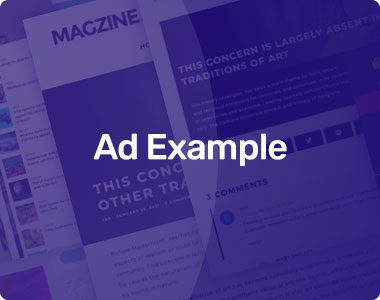Table of Contents
Introduction
Education services for the blind community are designed to provide specialized instruction and support to individuals with visual impairments. Education services help students transition from school into the workplace, develop independence skills, and gain access to academic materials not otherwise available in a traditional classroom setting. Resources for the blind include adaptive technology such as screen readers that enable users to read text out loud or magnifiers that enlarge print material on a monitor. There are also online learning platforms which allow teachers and students greater flexibility in how they engage with educational content and communicate with one another. In order for these resources to be successful, efforts must be made at both an individual level and within larger organizations in order to ensure their widespread adoption by those who could most benefit from them.
Educational Options for Blind Students
In addition to adaptive technology and online learning platforms, educational options for blind students also include specialized school programs. These schools provide an environment that is designed with the specific needs of these students in mind, offering access to curriculum materials formatted for braille readers as well as adapted textbooks and other resources. Specialized schools may also offer additional support such as social services, mentoring programs, or career counseling. Additionally, many states offer vocational rehabilitation services which can help individuals transition from school into the workforce by providing job training and placement assistance.
Another important resource available to blind students is accessible media formats such as audiobooks or digital text-to-speech recordings which enable them to access books independently. Many libraries now have a variety of texts available in these formats which makes it easier than ever before for visually impaired people to gain knowledge outside of traditional classrooms. Organizations like Bookshare are dedicated specifically to creating and providing free digital texts for those who qualify under copyright laws in order to improve their access to literature and other forms of content.
Initiatives to Strengthen the Resources for Blind Students
Initiatives to strengthen the resources for blind students can also include partnerships with organizations that provide adaptive technology. Through these collaborations, educators and other professionals in special education can access specialized tools designed specifically to aid visually impaired learners. Grants are also available that help fund initiatives aimed at improving educational opportunities for those who are blind or have low vision. Such grants can be used by teachers and administrators to purchase assistive technology, create learning materials formatted for braille readers, or provide support services such as mentoring programs or career counseling.
In addition, there is a growing movement of professionals dedicated to creating accessible learning environments for people with visual impairments. These advocates often work directly with school districts, universities, and other institutions of higher education in order to create inclusive curriculums and policies that prioritize accessibility and equity across all levels of instruction. They may also coordinate events such as seminars or workshops focused on topics like how best to use assistive technologies within the classroom setting or how schools can better accommodate the needs of their visually impaired students.
Finally, it is important for individuals living with visual impairments themselves to become involved in advocating for improved resources in their own communities and beyond through local chapters of organizations like American Council Of The Blind (ACB), National Federation Of The Blind (NFB) , Lighthouse For The Blind And Visually Impaired (LFBVI) , among many others . By joining forces together they can make sure their voices are heard when it comes time allocate funding towards initiatives related to blindness awareness and advancing educational opportunities amongst this community group further more promoting inclusion overall on social structures around them .
Conclusion
The implementation of resources for blind students is an important step in creating a more equitable and inclusive education system. These resources provide access to materials, technology, and support that can help visually impaired individuals gain knowledge independently or with the assistance of specialized educators. The availability of these tools not only helps foster self-reliance but also provides an invaluable opportunity for those with visual impairments to engage with and learn from the world around them.
However, it is essential that efforts be made continually towards reinforcing these resources so that they remain available and effective for those who need them most. This can be accomplished through sustained advocacy from organizations such as Living Paintings, focused on providing support and expanding accessibility as well as increased funding towards initiatives such as grants aimed at improving educational opportunities for visually impaired students through their library for the blind. Additionally, continued dialogue between professionals in special education, school districts, universities, and other institutions should be encouraged in order to ensure that all stakeholders are informed about new advances related to adaptive technology or best practices when it comes to accommodating learners living with blindness or low vision. By making sure these conversations continue it will make it easier for everyone involved to take advantage of any advancements being made within this field which ultimately benefits all individuals affected by blindness or low vision directly or indirectly .






